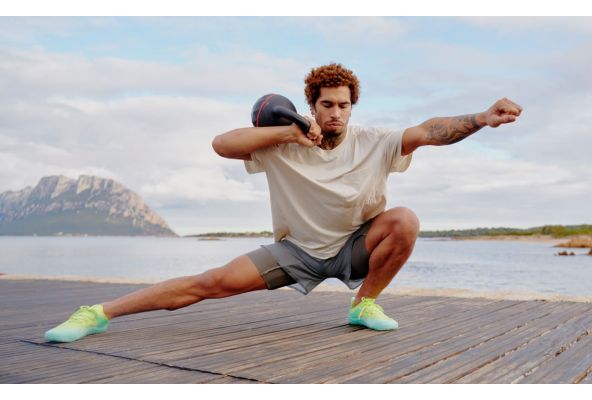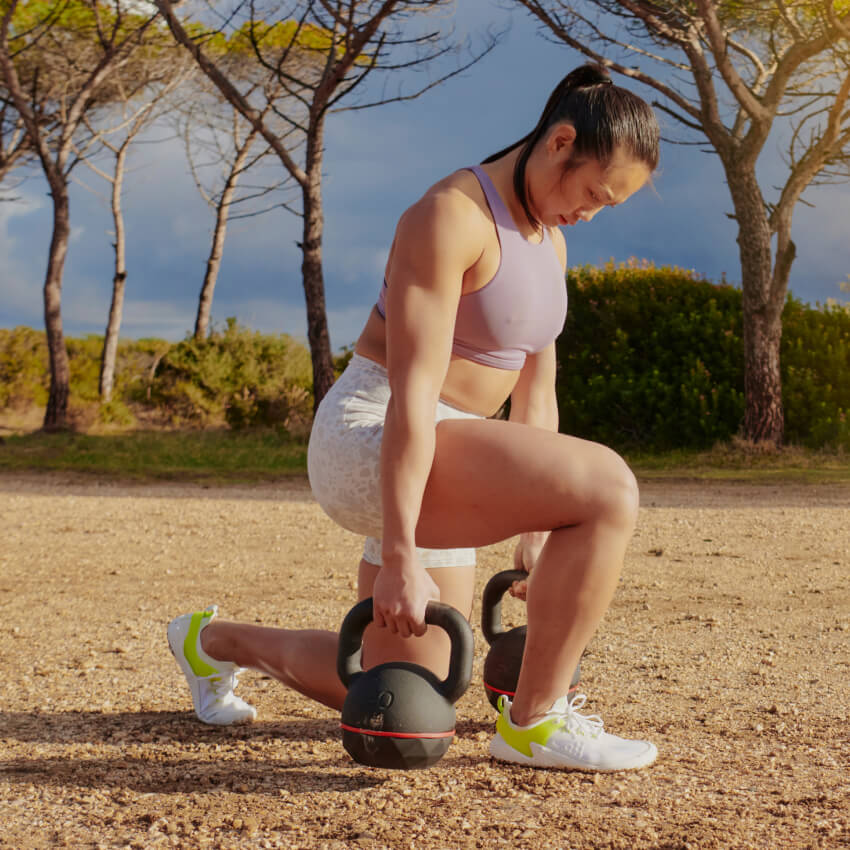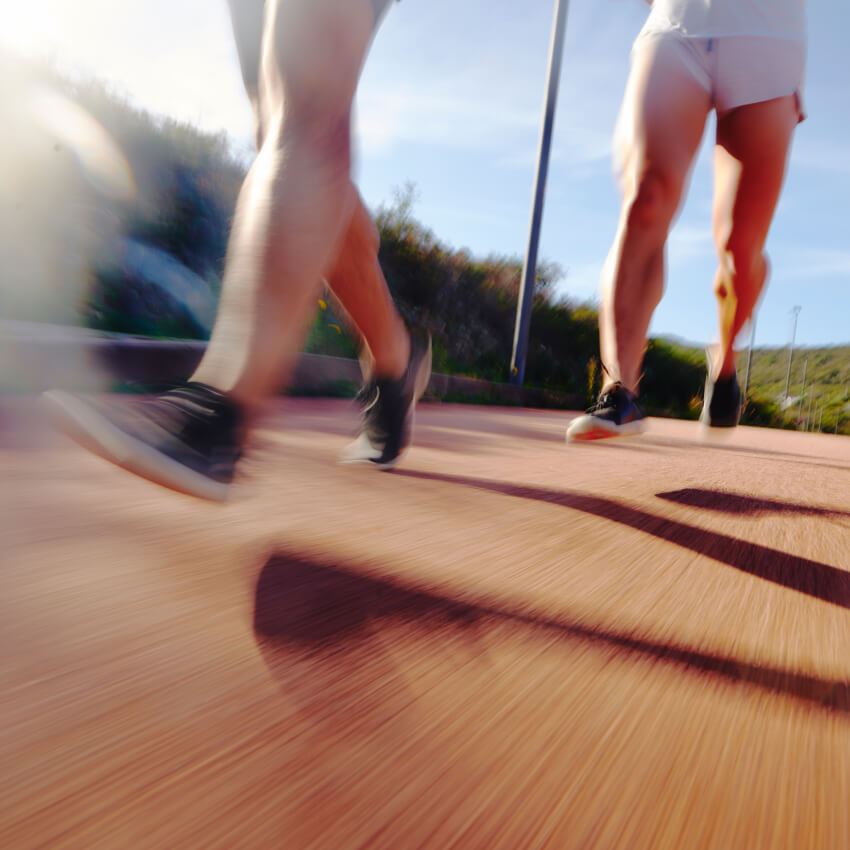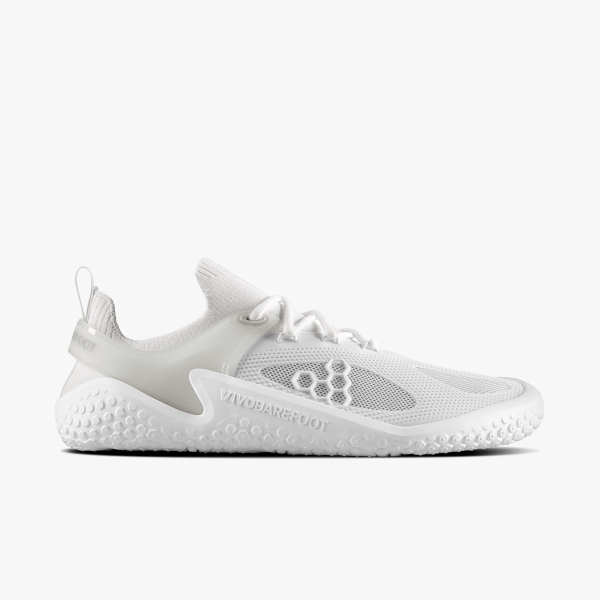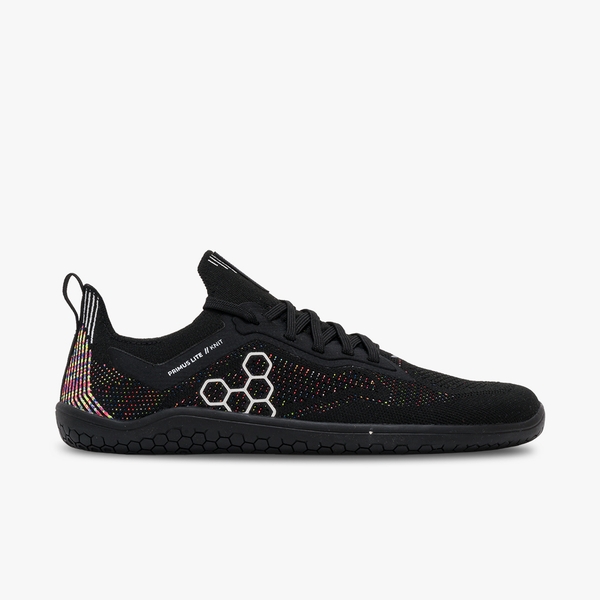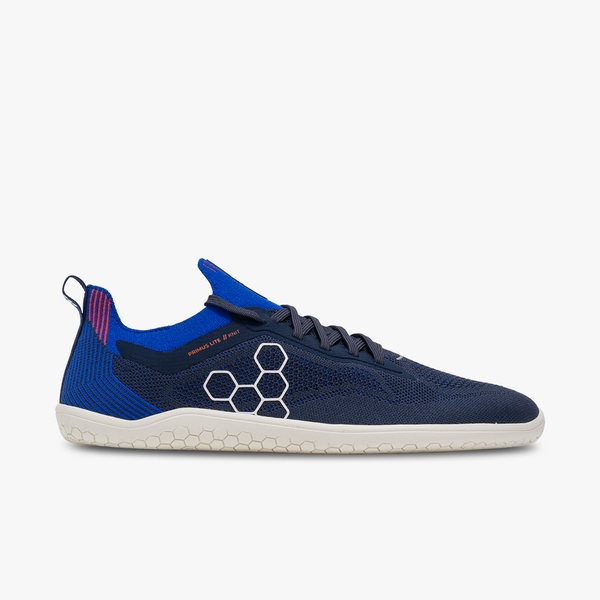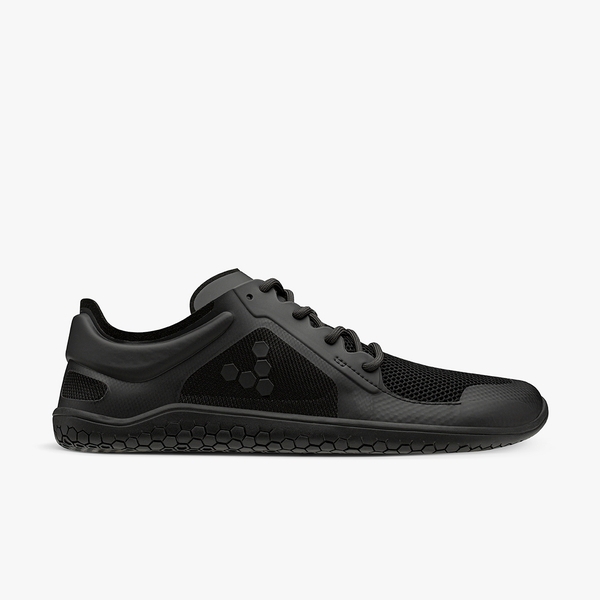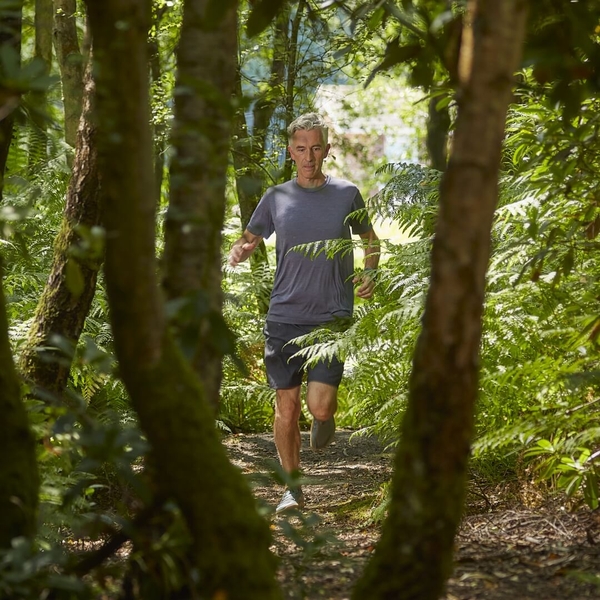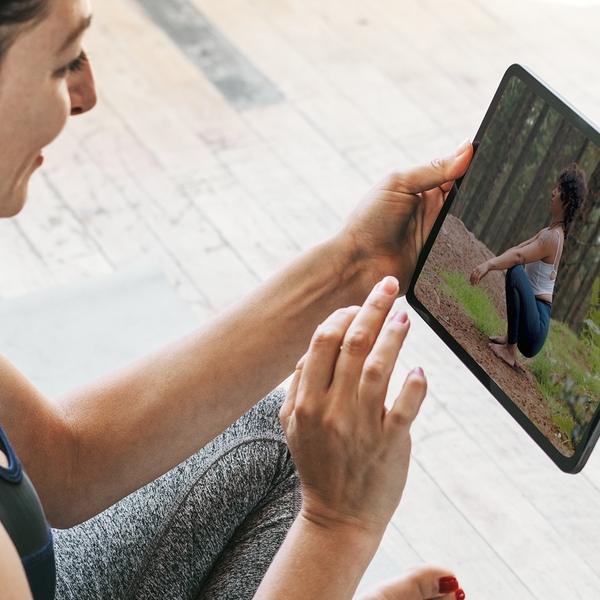Feet are fundamental to effective strength training. Crossfit, weightlifting, and functional fitness exercises all start with your feet. But the world of strength training often forgets this.
Whether you're a seasoned athlete, a weekend warrior, or just starting your fitness journey, understanding the importance of your feet can significantly improve your strength training and athletic performance.
What is strength training?
At its core, strength training is exercise designed to improve muscle strength, power, endurance, and resilience. This includes a range of activities, from lifting weights to bodyweight workouts.
Why feet are important
for strength training
Your feet are your foundation for nearly every movement you make, so they’re essential to any strength-training programme.
Whether you're squatting, deadlifting, running, or doing countless other exercises, your feet are your first point of contact with the ground. They provide the stability and support that allows you to generate power and transfer energy efficiently throughout your body.
Neglecting the muscles, tendons, and ligaments in your feet can lead to imbalances, compensations, and even injuries down the line.
The best shoes
for strength training
While traditional athletic shoes provide cushioning and support, this inhibits full natural movement and underfoot sensitivity. This limits your mobility, weakens your muscles, and decreases your proprioception (your awareness of body position and movement).
Barefoot footwear, by comparison, is wide, thin, and flexible, with minimal padding. Barefoot training footwear actively strengthens your feet and improves your proprioception. It’s why the best shoes for strength training are barefoot – like the Motus Strength, our pinnacle-performance trainer for functional fitness.
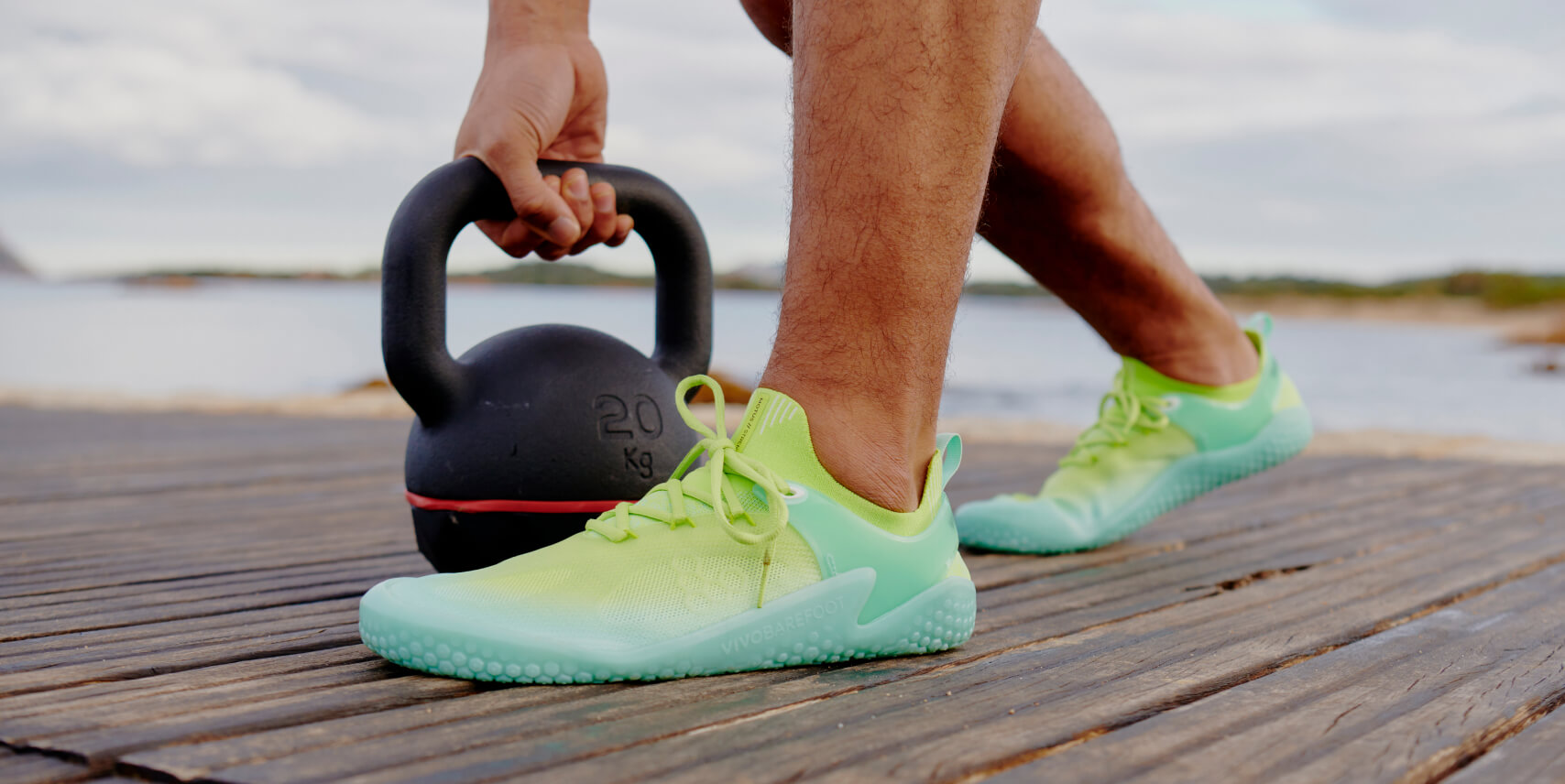

- Wide footwear lets your toes spread naturally, improving your balance and stability.
- Thin soles increase sensory feedback. This can help identify and correct movement imbalances, reducing your risk of injury.
- Flexibility allows natural mobility, building capable feet and ankles across a full range of movement. Thin soles and flexibility help engage even your small foot and ankle muscles, building a solid foundation for developing strength and power.
- These factors mean barefoot training footwear improves your proprioception. This translates into better form, more skilful technique, increased stability, and improved overall performance when strength training.
Are barefoot trainers
good for running?
Barefoot strength training is particularly good for running. Running is a high-impact activity that places significant stress on your feet, ankles, and legs. Strong foundations are important for performance and resilience.
Incorporating barefoot exercises into your strength training can strengthen your foot and ankle muscles, improve your running stability, and reduce the risk of common injuries like plantar fasciitis and shin splints.
How to add barefoot training
to your strength training
Start your barefoot-training journey slowly. Gradually increase the intensity and duration of your barefoot workouts, and always listen to your body. Building strength from your feet up takes time and patience. Don't push yourself too hard too soon.
Begin with simple exercises like toe spreads, ankle circles, and calf raises to activate and strengthen your foot and ankle muscles.
As you get comfortable, progress to more challenging movements such as single-leg squats, deadlifts, and plyometric exercises.
With consistent practice and dedication, you'll improve your strength and athletic performance. You’ll also develop a greater appreciation for the often overlooked role your feet play in your overall health and wellbeing.
